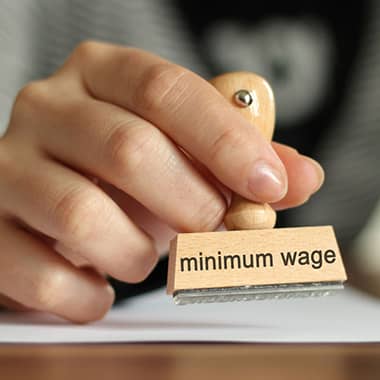We are currently in the process of preparing tax returns to April 2021.
These have to include the Government grants you might have claimed as a separate entry and confirm if you made any errors in your claim. The guidance is here.
The most common errors will be if you claimed the self-employed grant but actually had started to trade via a limited company, or if your business didn’t suffer due to the Covid 19 virus. Take each grant application separately, it may be that you were eligible to claim the earlier grants, but circumstances have changed and your business was functioning well by the time the later grants came online.
If you now believe you should not have applied for one or more of the grants, let us know and we will advise you on the next steps.
Claiming Grant 5
If you are eligible to claim Grant 5 and your accounts aren’t made up to 31 March (or 5 April) you will have to adjust the figure to include your turnover for the tax year to 5 April 2021. Do not include any turnover for the period before 6 April 2020 and bring in turnover earned after your accounting year end to 5 April 2021. If 2020/21 was an exceptional year for reasons other than Covid, perhaps you had a baby, then you are allowed to use 2019/20 ‘s turnover as your reference period. The portal for Grant 5 will close on 30 September 2021. Remember you are only eligible if your reduced trade is due to Covid and you expect that to continue for the period May – September 2021.






